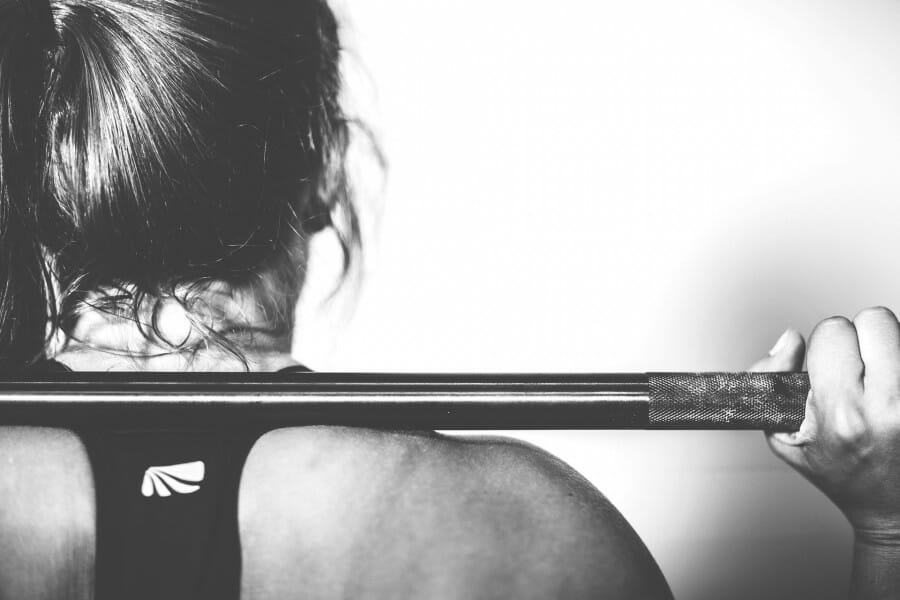The Best 5 Exercises To Create A Full Body Workout
In recent years, recreation has become a staple of life for many individuals, young and old, across all regions and cultures. Still, obesity is on the rise, as the disease has become a factor in the lives of over 40% of the American population. If you are fearful of joining that club, adopting a sustainable lifestyle centered around healthy eating and bountiful exercise can help prevent adding your name to the obesity statistic.
Even moderate exercise is beneficial; however, if your family physician assesses that you are already relatively healthy, developing a more strenuous workout routine can pay significant dividends. While many exercise programs are promoted, you can develop your own to fit your lifestyle and motivation-level. Here are five exercises that, as part of a whole full body workout, can lift you to the next fitness level.
1. Weight Training
Using weights to increase strength and endurance can be the backbone of a comprehensive workout strategy. In contrast to many other exercises, using weights allows you to work multiple muscle groups or isolate a single one depending on your routine. Springfield, Missouri energy and utility law attorney and sports enthusiast Douglas Healy promotes weight training in total as a comprehensive fitness package (in conjunction with following an optimal nutrition plan).
Weight exercises can vary in the equipment you use, the approaches you take, and the body areas on which you focus. For example, you can perform the following lifts:
- Chest presses lying on your back
- Deadlifts while standing
- Light dumbbell raises while kneeling on a bench
- Leg presses while reclining
- Leg curls while sitting
To initiate a full body workout weight program, consider working with a personal trainer or another specialist to learn proper form and to minimize injury risk.
2. Crunches
Performing crunches offers a solid starting point for most people who want to concentrate on their abdominal muscles. For this exercise, lie on your back with your knees bent, arms loosely cradling your head. In one smooth motion raise your upper back off the floor, then lower it again; avoid using a jerking motion, and do keep your lower back flat on the ground. This exercise focuses on the core muscles that are important for back support. However, if you are elderly or susceptible to muscle strain, crunches can cause injury to your back or neck.
3. Push-ups
When weights are not available or you just want a lighter exercise for your arms and upper chest, push-ups can fill those needs. You need no equipment to perform them; just drop anywhere. Your form is important, however. As you face the ground supported by your extended arms and the balls of your feet, you must straighten your back. Throughout the motions, where you bend and straighten your arms, you must concentrate on keeping your back flat; the tendency is to lower your belly or arch your spine. These faults can lead to back strain.
Consider varying the exercises for more uniform muscle development. For your first set of repetitions, spread your hands beyond the width of your shoulders. Next, place your hands just below your shoulders. Finally, form a circle on the ground with your thumbs and fingers; as an extra challenge, lower your face so that your nose touches the ground within the circle. As with crunches, try to raise and lower your upper body using smooth, evenly-paced motions.
4. Wall Sits
Walls sits may be one of the more underrated exercises. They may be underutilized in conditioning because as a static exercise the benefits are not readily apparent. Wall sits involve bending your legs into a 90-degree position to hold your back against the wall for one minute or more. Developmental hockey coaches do see the value in having their charges perform this routine: While it seems a prime means to developing quad muscles, in reality, it strengthens your entire range of leg muscles, all of which are essential for successful competitive skating.
5. Stair Running
Stepping onto the grounds of a high school football field or track, you may often see neighbors bolting up and down the stairs of the stands. They are going through their stair-running paces. If you pay attention to their form you may notice that this final exercise combines the benefits of each of the other ones, to some degree, in a total package.
To run stairs effectively, you need to raise your legs high and drive your arms up and forward, each motion serving to propel you. Lean forward only enough to maintain balance, and run on your toes, using them as springs. After reaching the top, walk easily back to the lowest step, catching your breath before repeating.
Many benefits accrue from combining exercises into a whole full body workout. Cross-training in this manner can help you increase strength and endurance concurrently. At the same time, you are less likely to incur injuries from muscle overuse since you will rest particular ones by alternating routines. While these suggested exercises will work for many individuals, by researching you can create a plan that works best for you.














